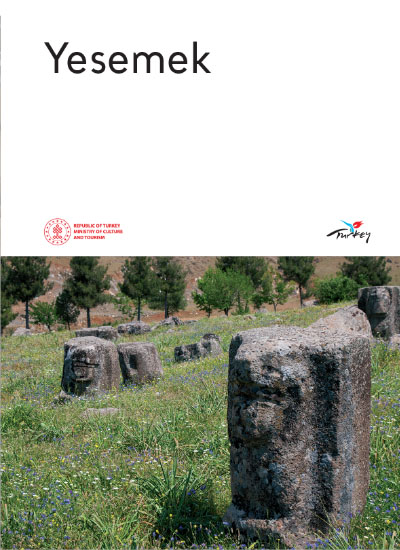Yesemek was the largest quarry and sculpture workshop in the Near East between the 14th and 7th centuries BC. It served as a significant site during the Hittite domination of the region in the second half of 2000 BC. Hurrian and Hittite craftsmen and artisans worked here. The quarry experienced a period of weakened activity before intensifying again during the Late Hittite Kingdoms Period, starting from the 9th century BC. During the Late Hittite period, the influence of Hittite, Syrian, Aramaic and Assyrian artistic elements became more prominent, resulting in a style known as Orientalism. This style had an impact on the Aegean cultures that were developing in the west and formed the basis of Greek art. During the Late Hittite period, the Sam'al (Zincirli) Kingdom operated the workshop that produced sculptures in Yesemek. These sculptures were then transported and used in nearby important cities. When the Sam'al (Zincirli) Kingdom was destroyed by the Assyrians at the end of the VIII. century BC, the quarry and the sculpture workshop was abandoned. Yesemek was first discovered in 1890 and introduced to the scientific community. The area was transformed into an Open Air Museum in 2005. In 2012, Yesemek Quarry and Sculpture Workshop was added to the UNESCO World Heritage Tentative List.
YESEMEK OPEN AIR MUSEUM AND SCULPTURE WORKSHOP


